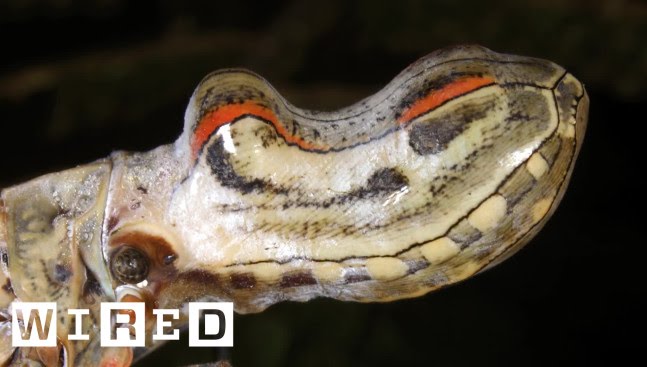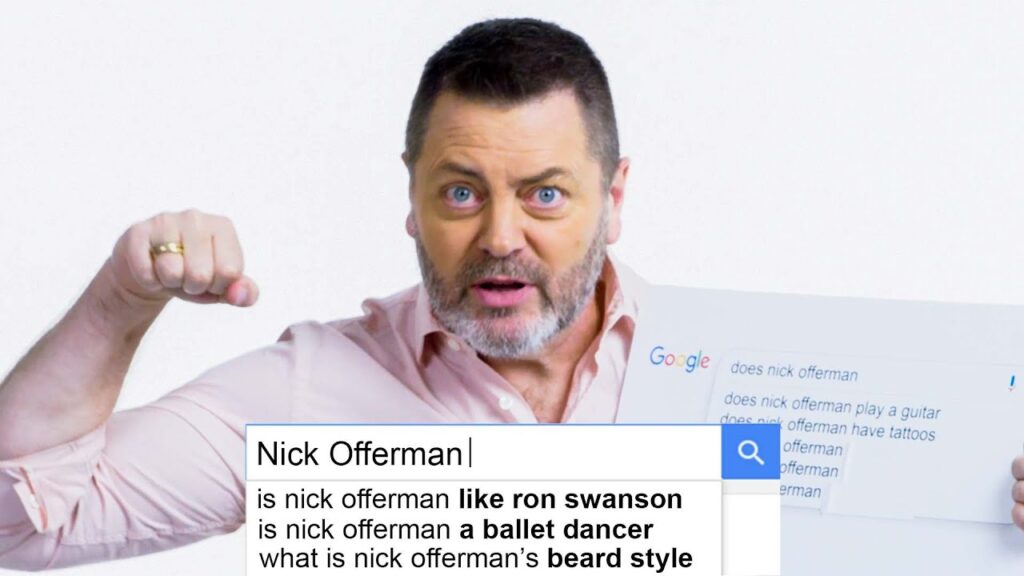Ocean1K: The Revolutionary Robotic Diving System
Summary
Ocean1K is a new robotic diving system designed to imitate the human shape to act as an avatar when diving in depths that would otherwise be fatal to humans. The system was designed to interact with scientists and archaeologists and handle delicate objects underwater safely. The robotic diving system was developed by a team of researchers who tackled three main design challenges: manual manipulation, haptic feedback, and buoyancy. The team used under-actuation in the design to handle delicate objects underwater efficiently. They developed a haptic interface to allow operators to feel what the robot was doing, and the tactile information is displayed by six motors on the haptic device. This article discusses the challenges faced by the team in developing Ocean1K, the different technologies used, and the future of the robotic underwater system.
Table of Contents
- How was Ocean1K developed?
- What were the main design challenges faced by the team in developing Ocean1K?
- How does the haptic interface work in Ocean1K?
- How does the buoyancy of Ocean1K work, and why is it important?
- What are the future applications of Ocean1K?
How was Ocean1K developed?
Ocean1K was developed by a team of researchers led by Professor Ossouma Ghatib. The team wanted to design a robotic system that could interact with scientists and archaeologists to handle delicate objects underwater safely. The team used under-actuation in the design to handle delicate objects efficiently. The robotic system was designed to imitate the human shape to act as an avatar, which was made possible through a haptic system allowing operators to feel what the robot was touching. The team tackled three main design challenges in manual manipulation, haptic feedback, and buoyancy to develop the robotic diving system.
What were the main design challenges faced by the team in developing Ocean1K?
The three main design challenges faced by the team were manual manipulation, haptic feedback, and buoyancy. The team used under-actuation in the design of Ocean1K to handle delicate objects underwater efficiently. They also developed a haptic interface to allow operators to feel what the robot was doing. The tactile information is displayed by six motors on the haptic device. The team also had to address the challenge of maintaining the robot’s shape while maintaining its ability to float as they plunged deeper into the depths of the ocean. They solved this problem by using foam, which made the robot float up to 200 meters. The team also developed oil-filled structures to protect sensitive electronics from the high pressures underwater.
How does the haptic interface work in Ocean1K?
The haptic interface in Ocean1K allows operators to feel what the robot is doing. The sensors of the robot detect the forces and moments, and when someone operates the robot, they are resolved and sent through a computer algorithm. The haptic device reproduces the same forces that are felt on the robot, and the tactile information is displayed by six motors on the haptic device. The haptic device is essentially a robot that instead of acting on the environment, acts on the operator’s hand, and it reproduces the same forces felt on the robot, so it’s like the operator’s hand is inside the computer.
How does the buoyancy of Ocean1K work, and why is it important?
Maintaining the robot’s shape while maintaining its ability to float became an important consideration as the team plunged deeper into the depths of the ocean. The team solved this problem by using foam, which made the robot float up to 200 meters. However, for deeper dives, increasing the density of the foam was necessary to counteract the pressure exerted at great depths. To allow sensitive electronics to be protected from the high pressures underwater, the team developed oil-filled structures. The arm is entirely filled with oil, and the oil is under pressure coming from outside through a compensator. This ensures that the inside of the arm has the same pressure as the outside of the arm, so it’s safe to use.
What are the future applications of Ocean1K?
The robotic underwater system developed by the team has several future applications. The team believes that operation underwater will be critical in the future, not just for archaeology but also for maintaining structures such as pipelines and laying down fiber used for communication. The haptic device developed for use on the International Space Station can connect to the robot, allowing people to control the robot from space. As long as there’s an internet connection, people can connect to the robot. Technically, controlling a robot from space to underwater is feasible, and the convergence of technologies from computer technology to material to maturity of the field of robotics is helping robotics to move forward.
Conclusion
Ocean1K is a new robotic diving system developed to interact with scientists and archaeologists underwater safely. The team tackled three main design challenges in manual manipulation, haptic feedback, and buoyancy to develop this robotic diving system. The haptic interface developed in Ocean1K allows operators to feel what the robot is doing, and the buoyancy system involved using foam and oil-filled structures to allow the robot to maintain its shape while floating. The robotic underwater system developed by the team has several future applications, and the convergence of technologies is helping robotics to move forward.







